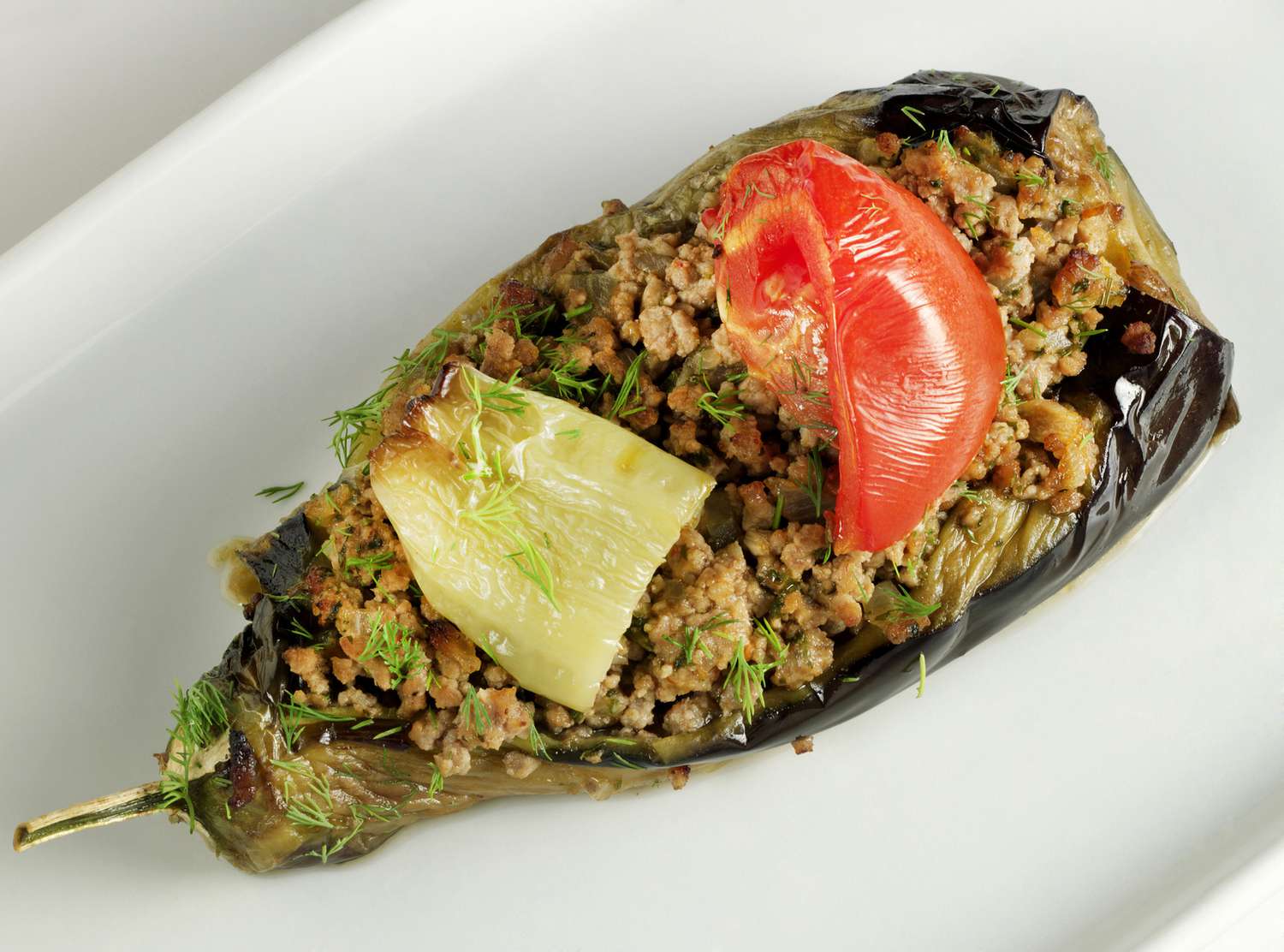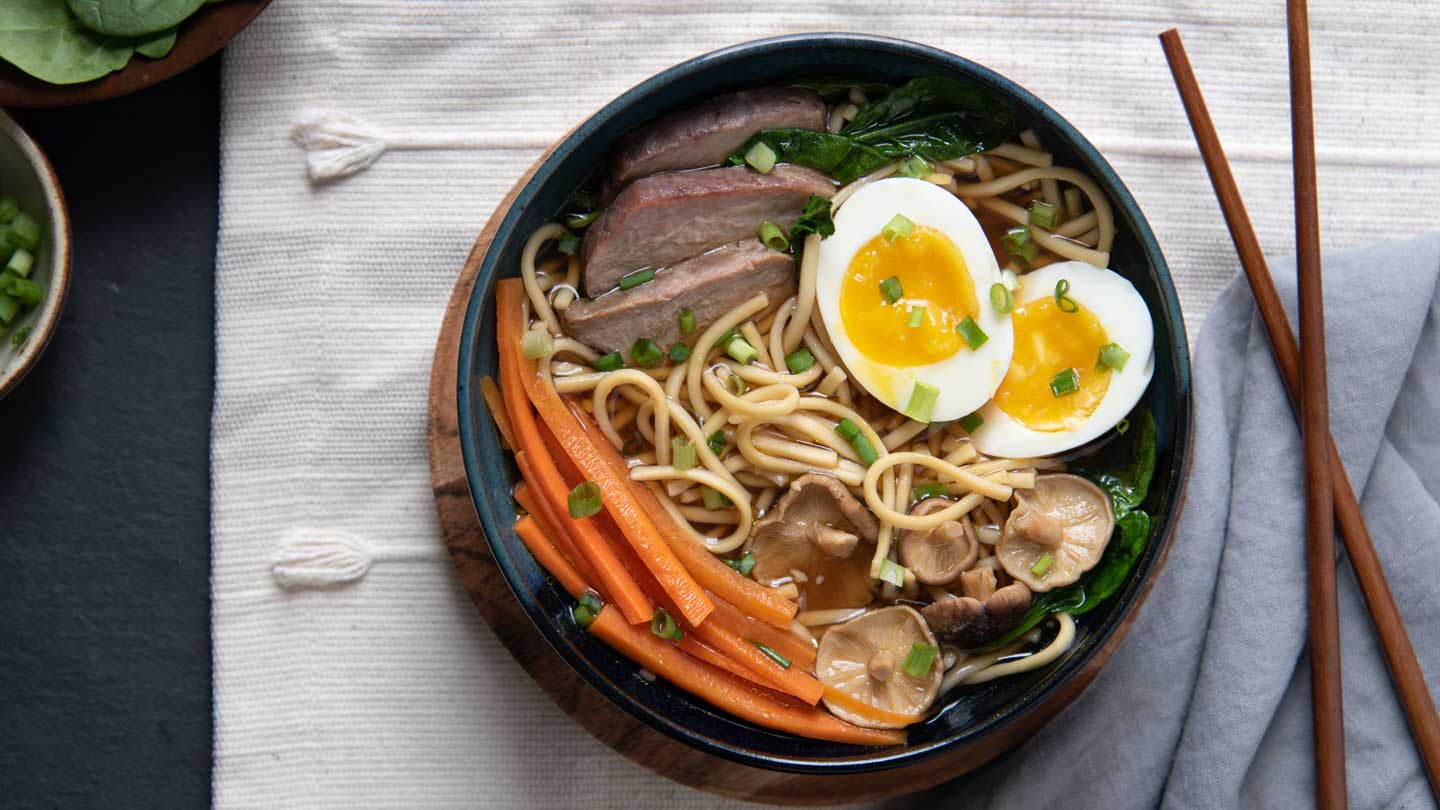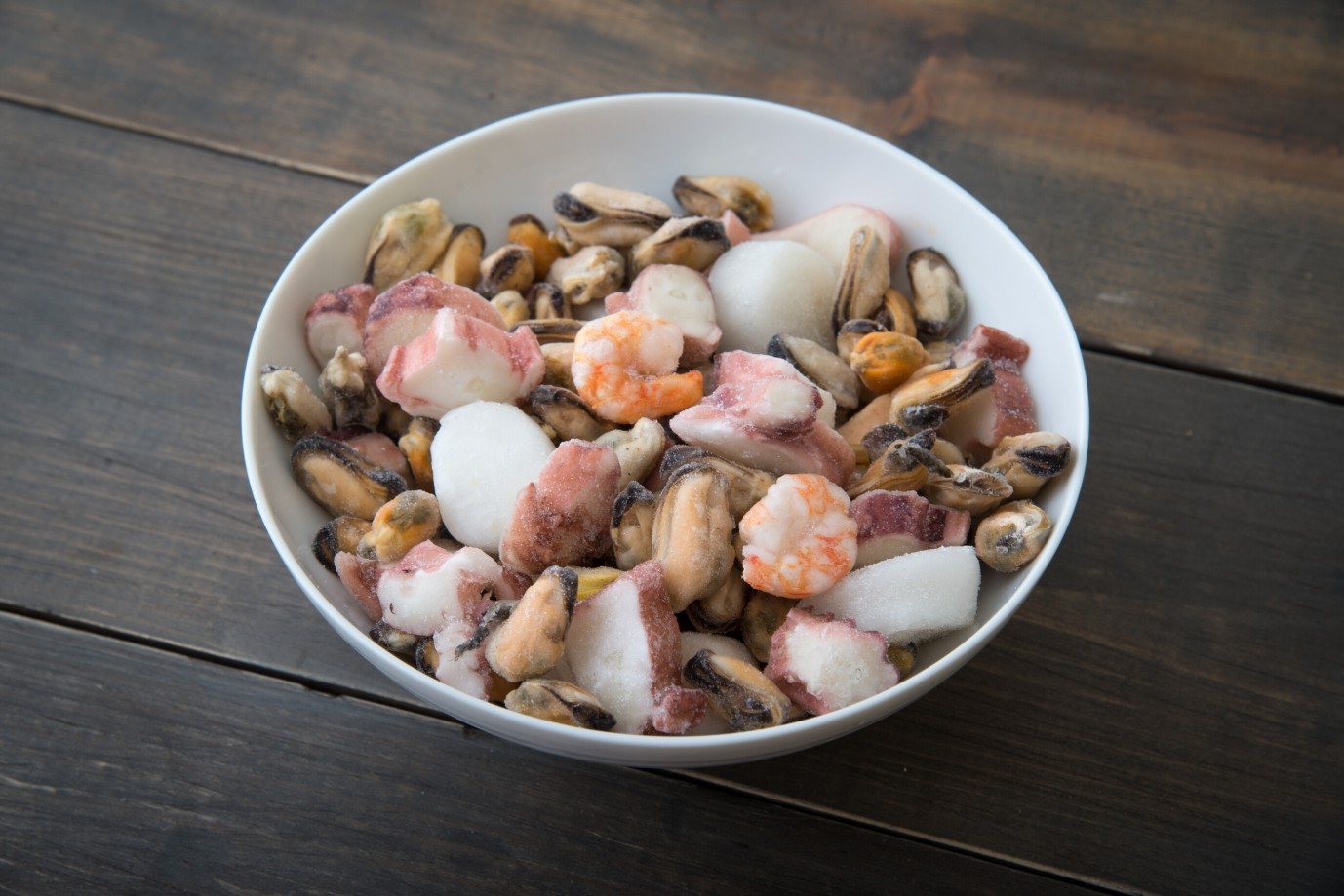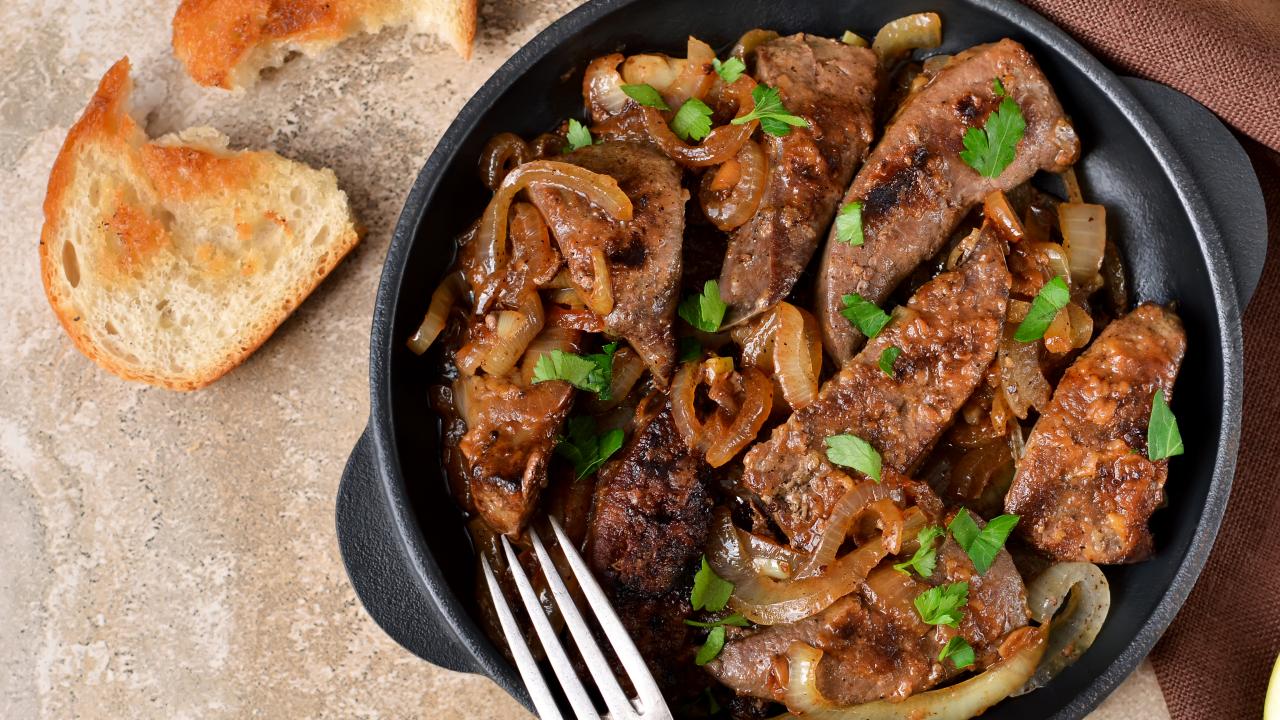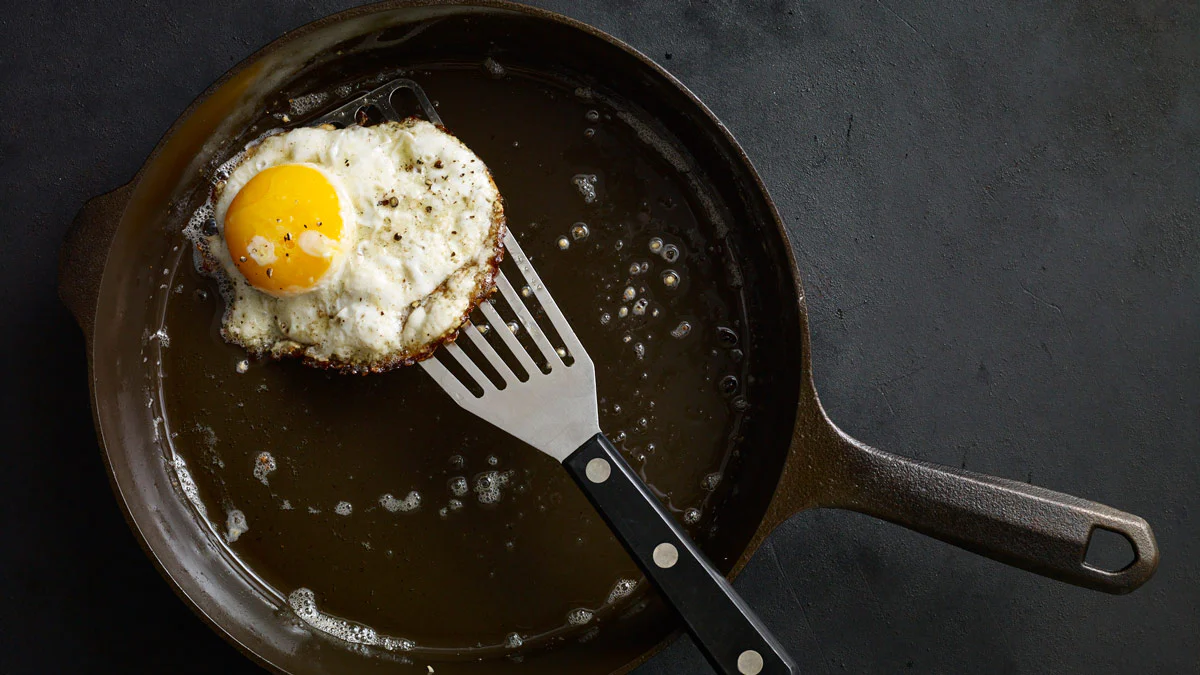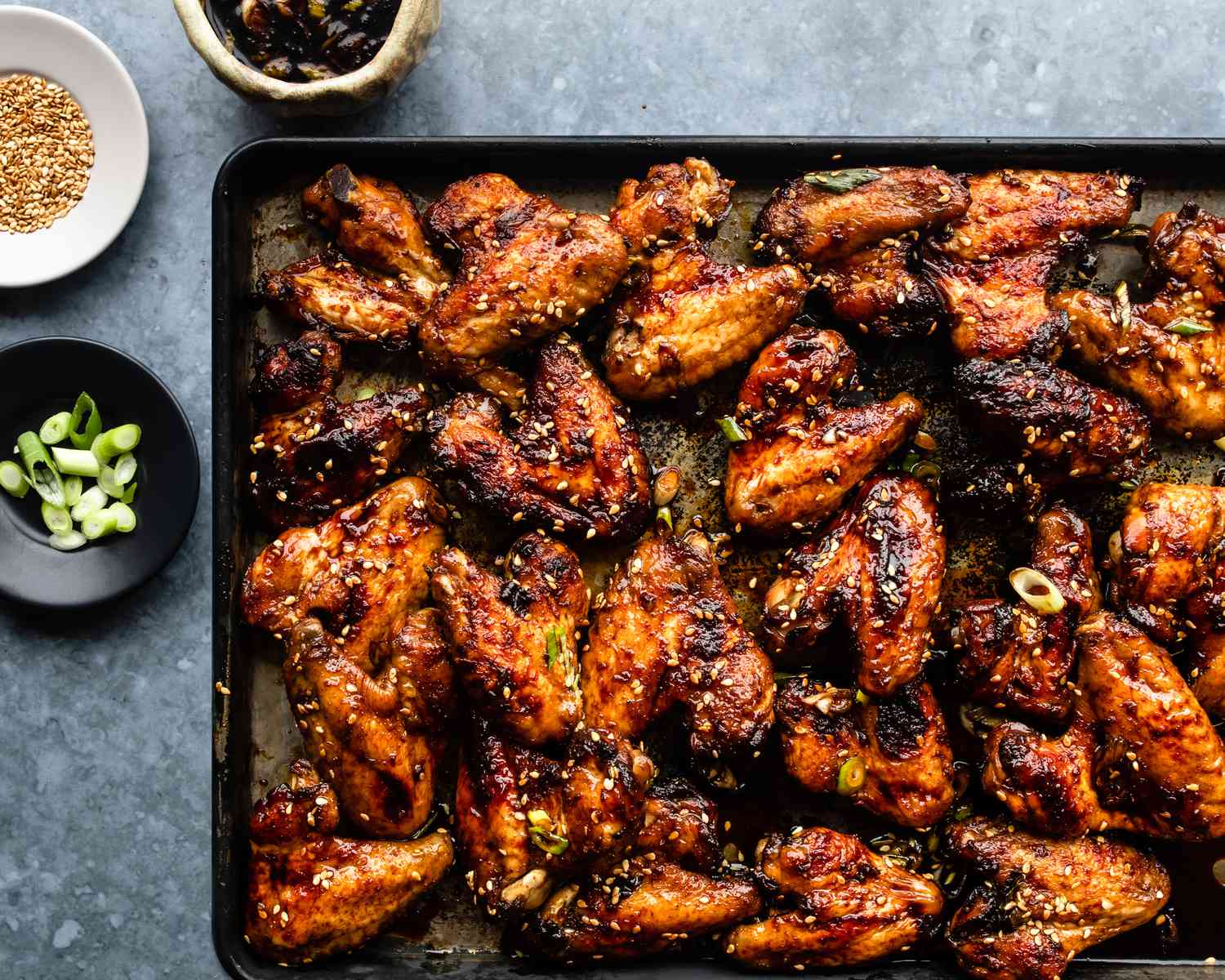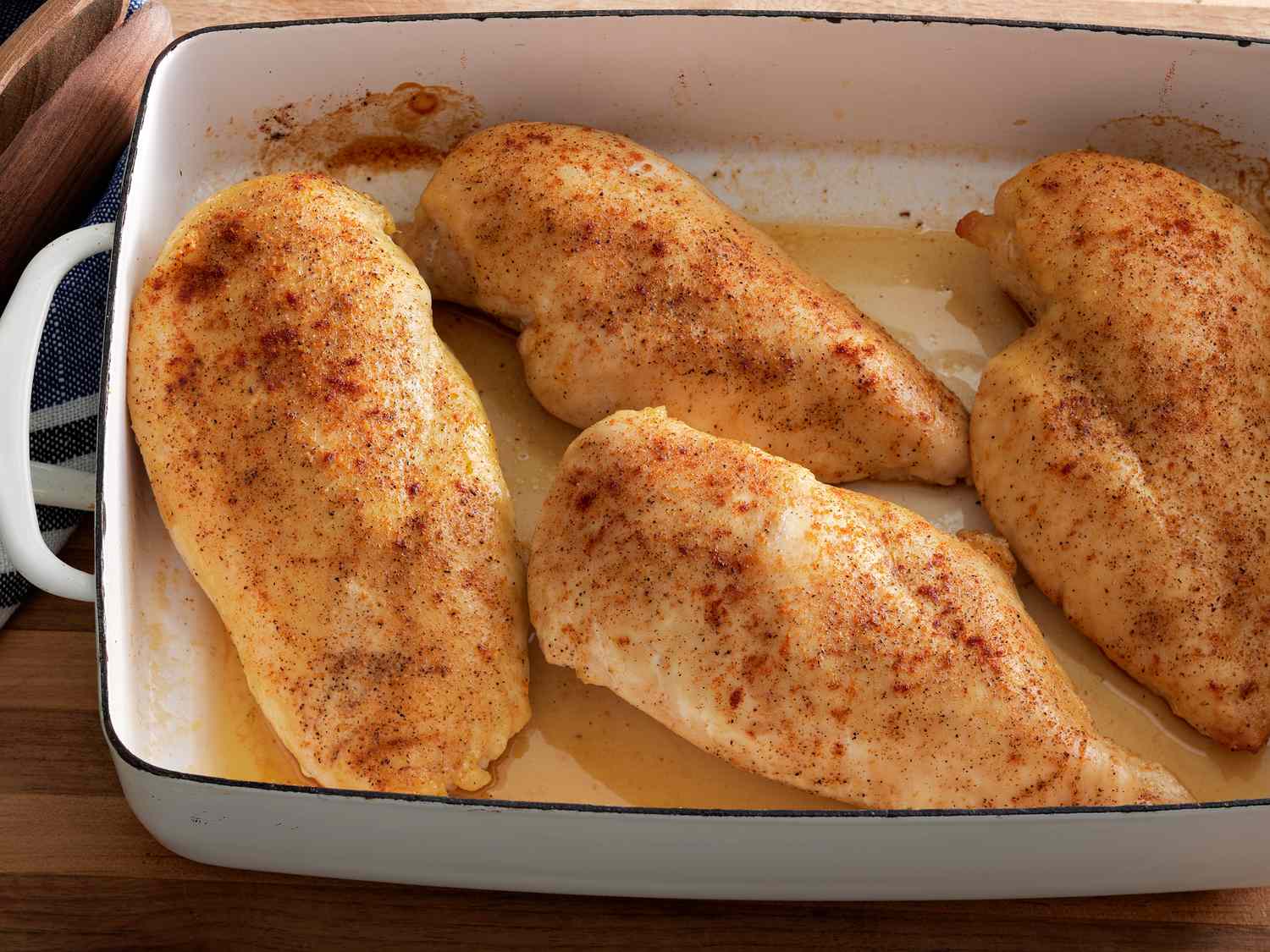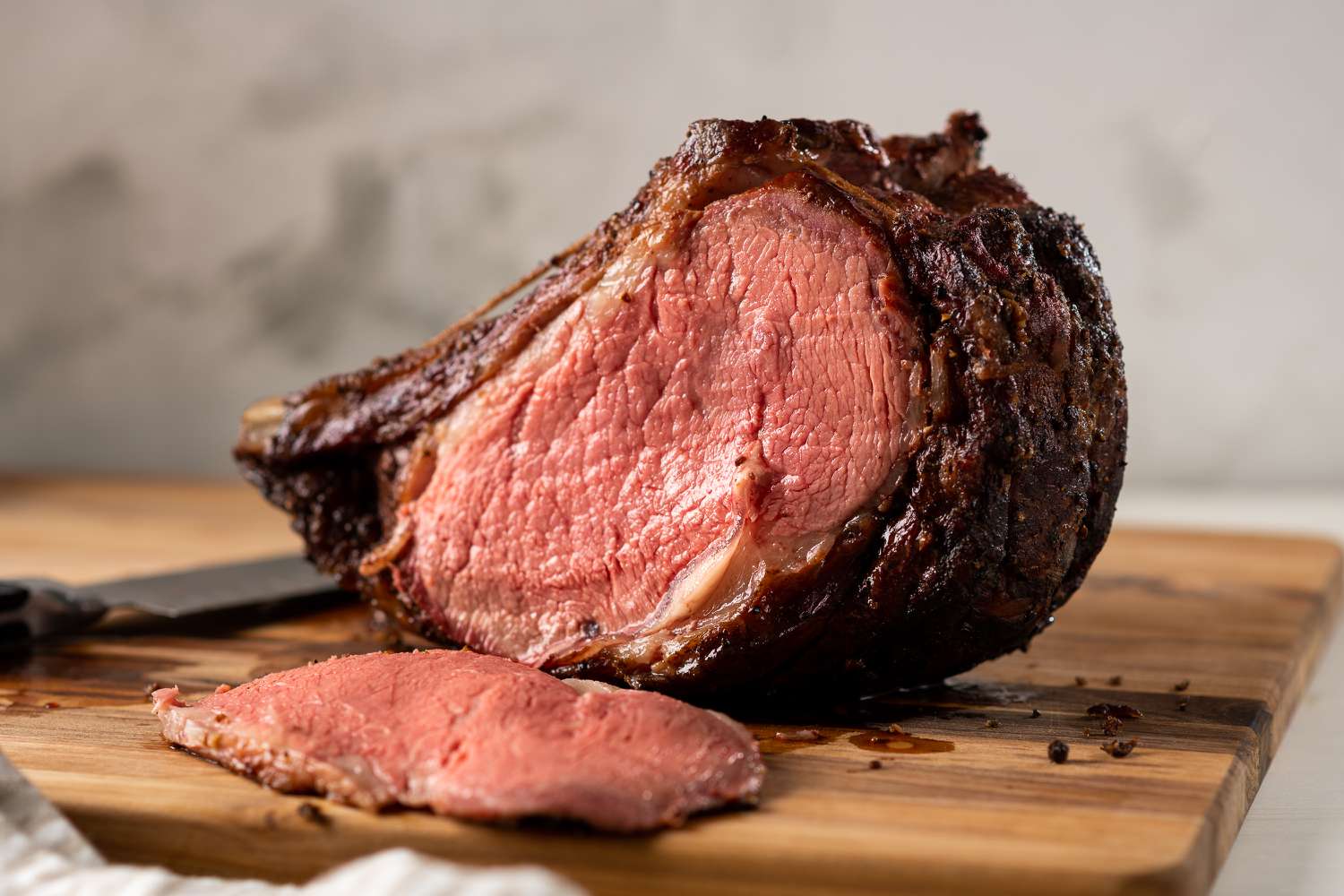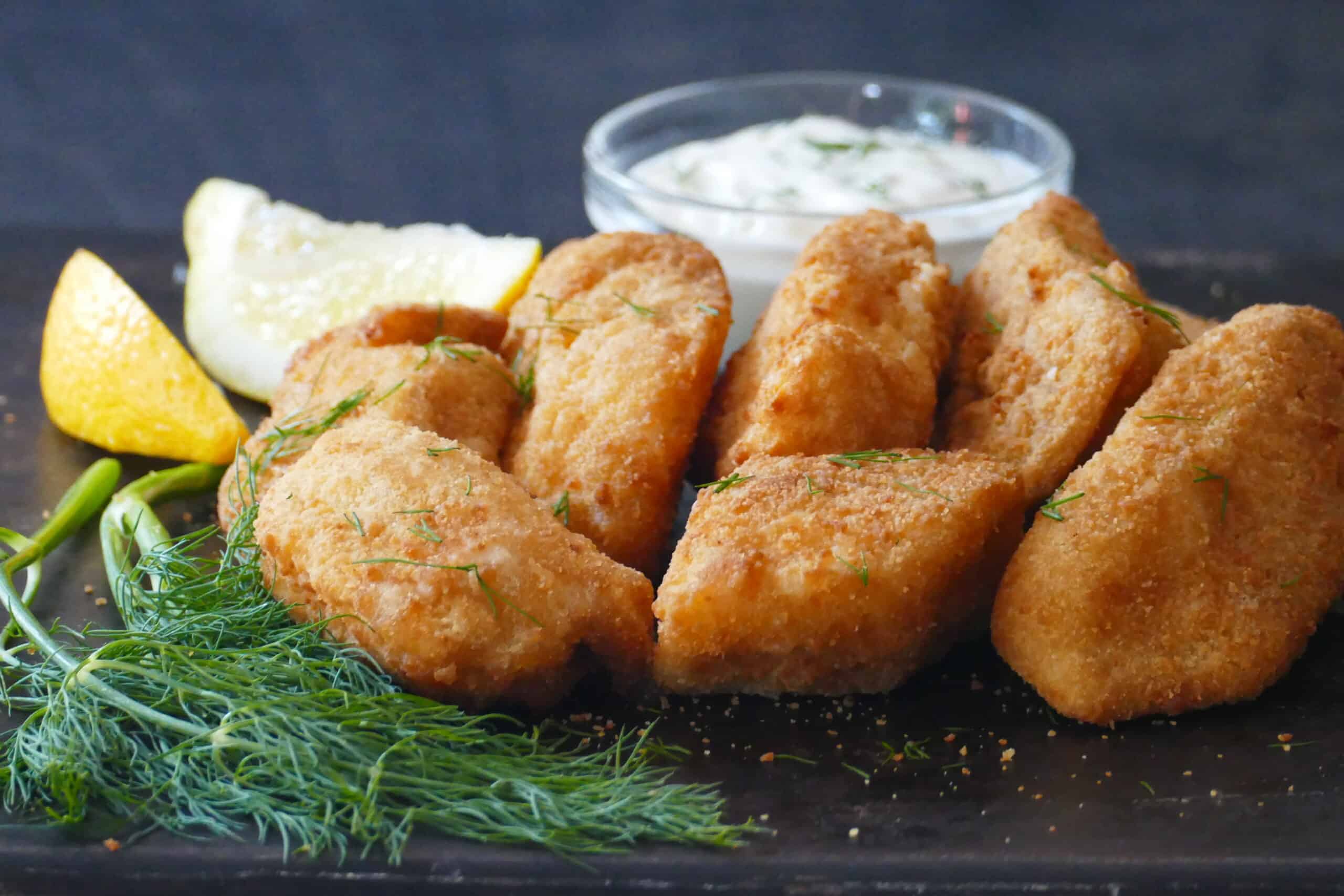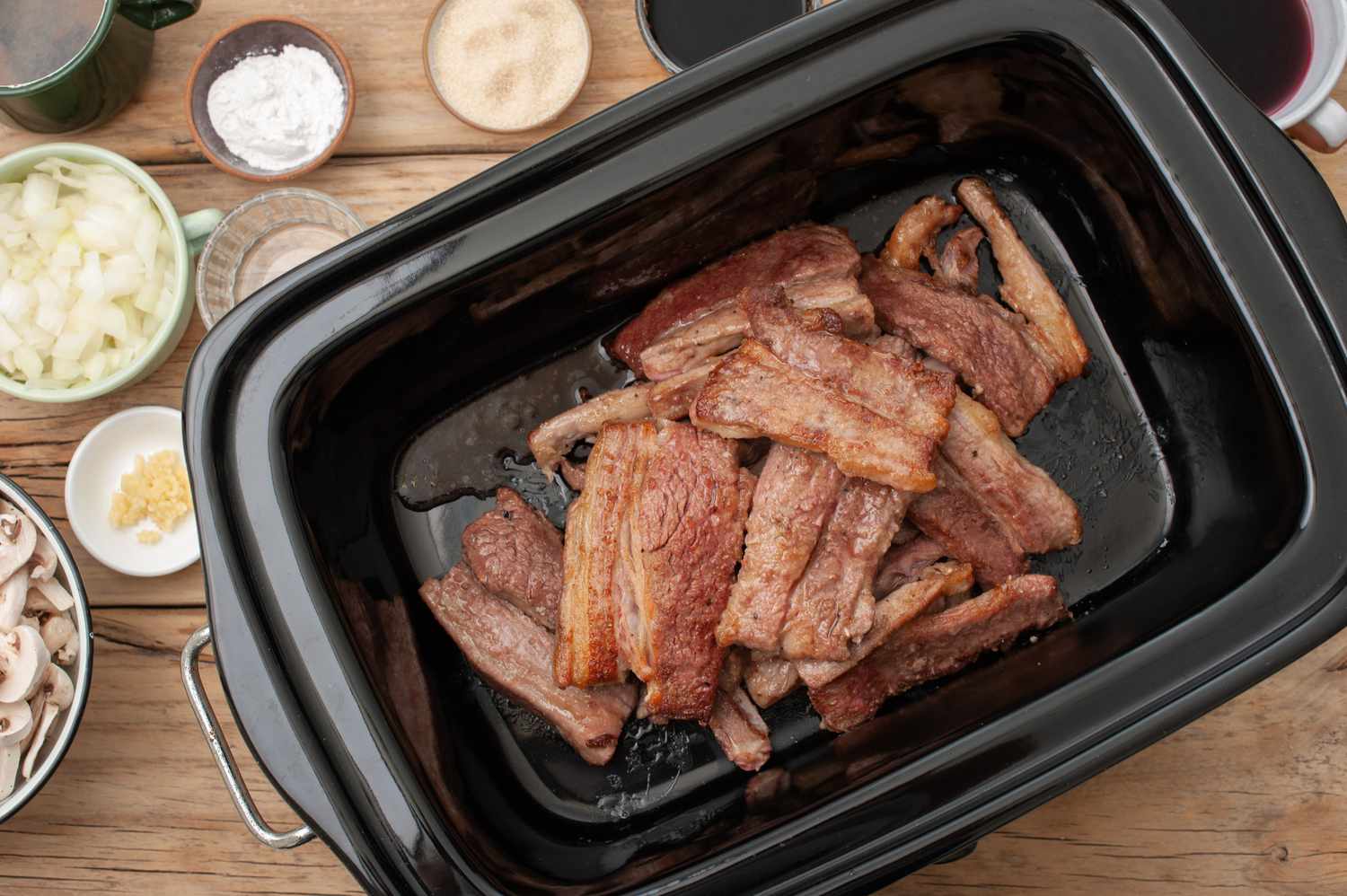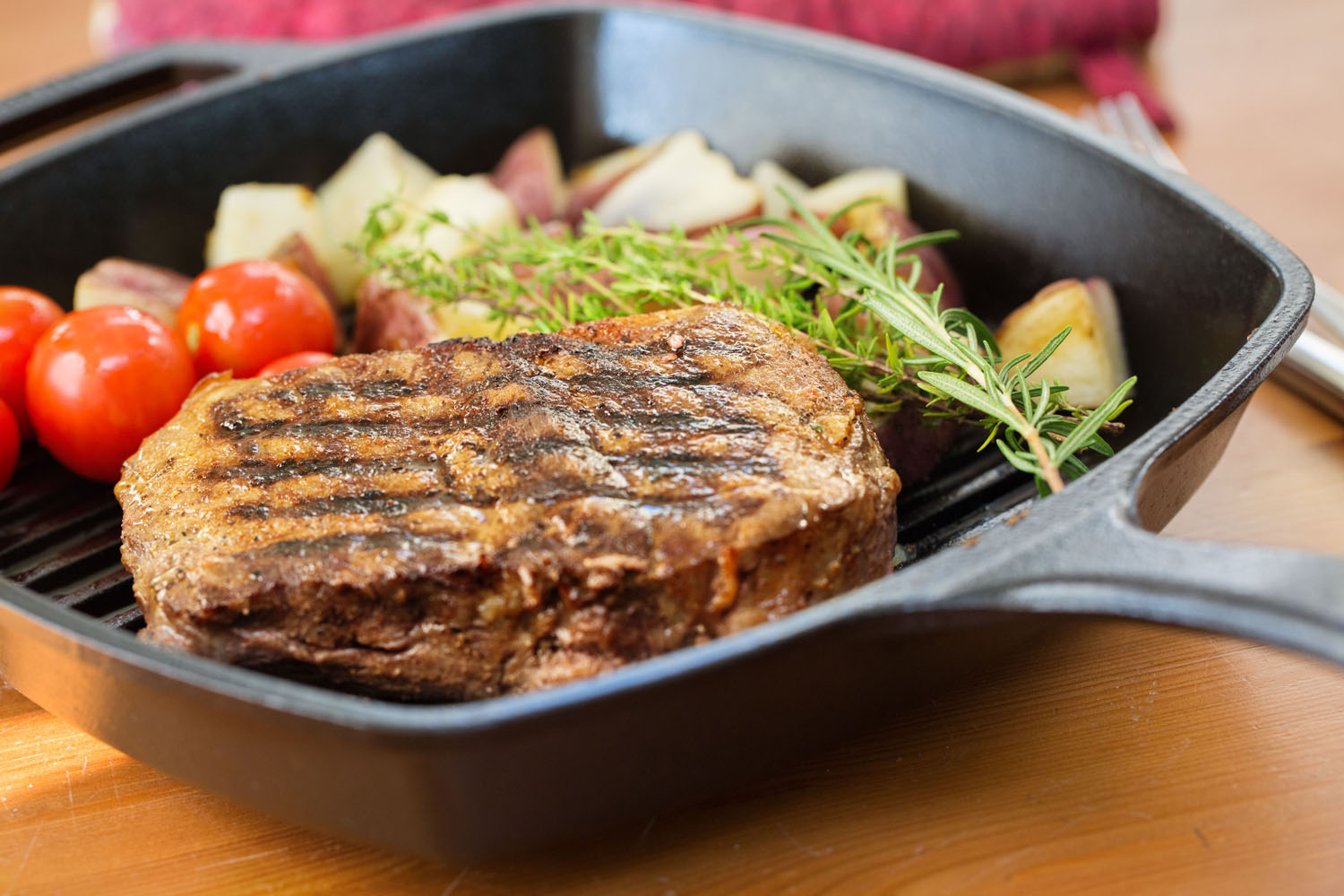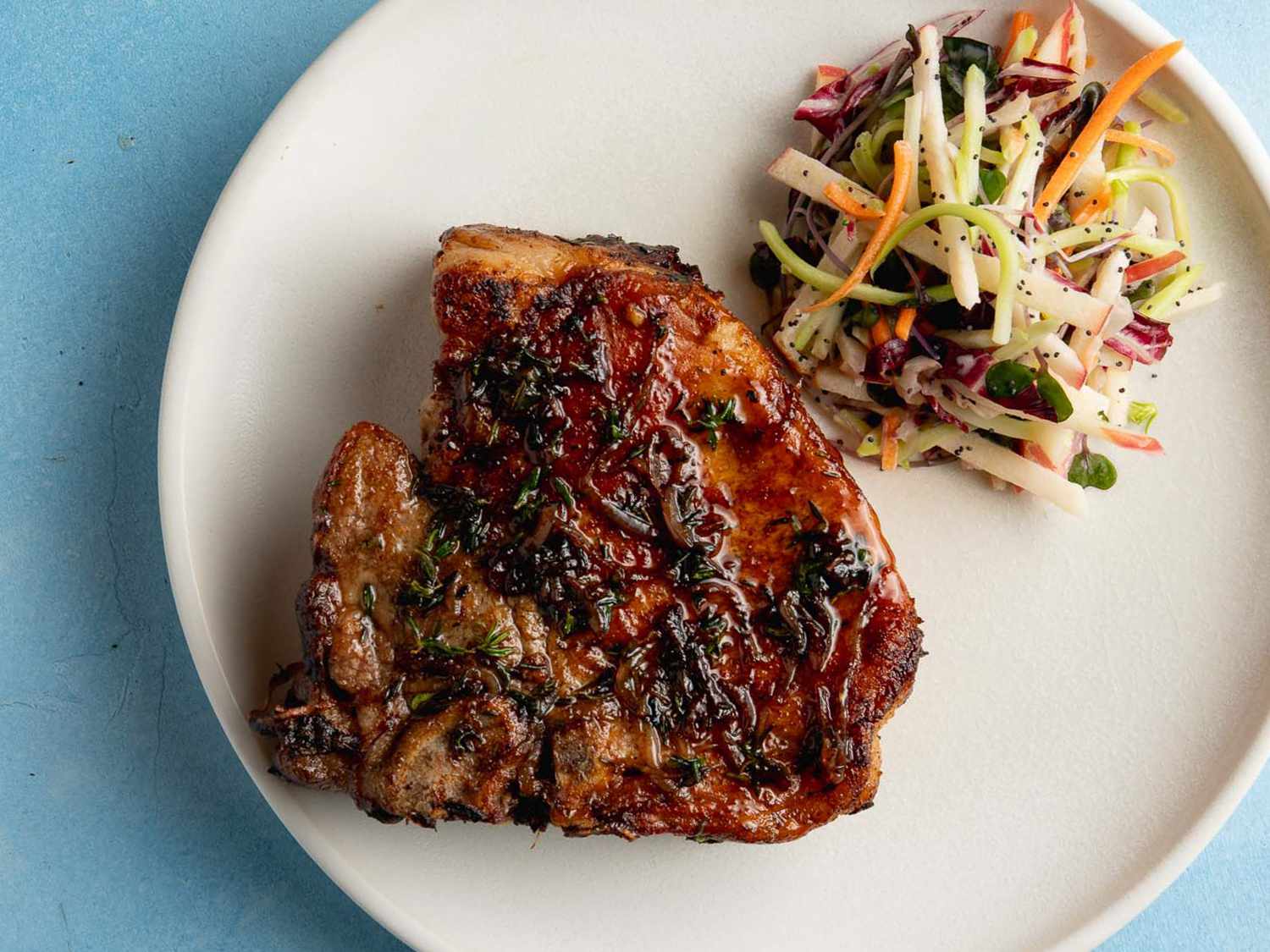Mastering the Art of Cooking Chicken Breast on a Skillet
Chicken breast is a versatile and lean protein that can be the highlight of many delicious meals. When cooked properly, it becomes tender, juicy, and full of flavor. Cooking chicken breast on a skillet is a popular and convenient method that allows for easy preparation and quick cooking time. In this guide, we will walk you through the steps to help you master the art of cooking chicken breast on a skillet.
Choose the Right Chicken Breast
When selecting chicken breast for your skillet, it’s important to choose high-quality cuts. Look for organic, free-range chicken breasts without any added hormones or antibiotics. Opt for boneless, skinless chicken breasts, as this will result in a quicker and more uniform cooking process.
Prepping the Chicken Breast
Before cooking, make sure to properly prepare the chicken breast. Start by patting it dry with a paper towel to remove excess moisture. This will help the seasoning adhere to the meat better. Next, season the chicken breast with your favorite herbs and spices. Common choices include salt, pepper, garlic powder, paprika, or a poultry seasoning blend.
Preheating the Skillet
Properly preheating your skillet is crucial to achieve that perfectly seared exterior while keeping the inside tender and juicy. Place the skillet on medium-high heat and let it warm up for a few minutes. Add a small amount of oil or butter to the skillet and let it melt, ensuring the cooking surface is evenly coated.
Cooking the Chicken Breast
Once the skillet is properly preheated, carefully place the seasoned chicken breast onto the hot surface. Cook the chicken breast for about 6-8 minutes per side, depending on the thickness. It’s essential to resist the temptation to flip the chicken too early. Allow it to develop a golden-brown crust before flipping to the other side.
Use a meat thermometer to ensure the internal temperature reaches 165°F (74°C), indicating the chicken breast is fully cooked. Overcooking can lead to dry and tough meat, so it’s important to monitor the temperature closely.
Once cooked, transfer the chicken breast to a cutting board and allow it to rest for a few minutes. This resting period helps the juices redistribute, resulting in a more flavorful and succulent final product.
Serving Suggestions
Now that you’ve mastered the art of cooking chicken breast on a skillet, let’s talk about serving suggestions. There are numerous ways to enjoy your perfectly cooked chicken breast:
- Slice the cooked chicken breast and use it to top a fresh salad
- Make a delicious chicken sandwich using your favorite toppings and condiments
- Add the cooked chicken breast to a pasta dish or stir-fry for added protein
- Pair it with roasted vegetables or a side of steamed greens for a healthy and balanced meal
Remember, the key to a great chicken breast lies in proper preparation, cooking technique, and using high-quality ingredients. With practice and a little experimentation, you’ll soon become a skillet chicken breast expert, capable of whipping up delicious meals in no time!
Was this page helpful?
Read Next: How To Cook A Beer Can Chicken
